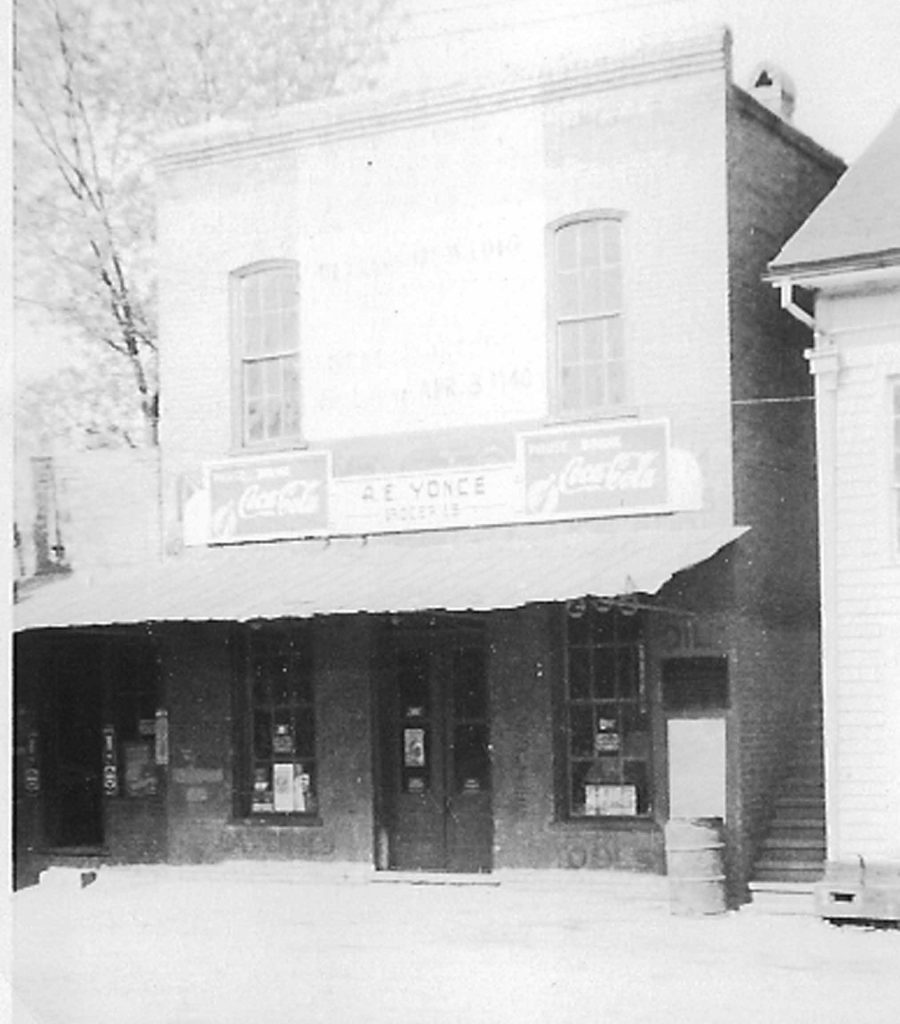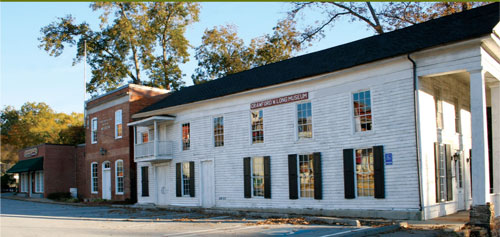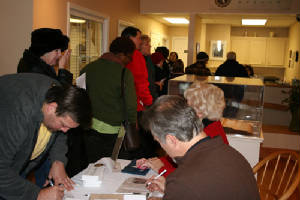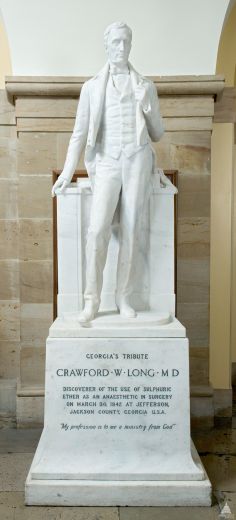Dr. Crawford W. Long was the physician who, on March 30, 1842, first used ether for surgical anesthesia. Born in Danielsville, Georgia on November 1, 1815, Long entered the University of Georgia, then known as Franklin College, at the age of 14. Upon graduation five years later, he apprenticed under Dr. Grant of Jefferson, Georgia, before leaving Georgia to attend the Medical Department of Transylvania University and the University of Pennsylvania Medical School. It was here that he received his surgical training. Following one year’s internship in New York City, Crawford W. Long returned to Jefferson and purchased the practice of his former mentor, Dr. Grant.
Dr. Long was a young bachelor of 26 when he noticed that participants under the recreational use of ether felt no pain from injuries received during their “frolics.” He reached the conclusion that ether could make surgery painless. The opportunity to test his theory came when James Venable requested that Dr. Long remove a cyst from his neck. Three witnesses reported that, on March 30, 1842, the operation was successful and Venable felt no pain.
Personal artifacts and documents highlighting the life of Dr. Long, as well as early anesthesia equipment are displayed in the Medical Museum.
The 1858 Pendergrass Store building houses a recreated 1840’s doctor’s office and apothecary shop. Exhibits on making medicine and early treatments focus on the obstacles the early country doctor was forced to overcome.
Changing exhibits in the Pendergrass Store offer visitors a unique view into the life of the 19th century citizen.

As a retail structure, the building was painted many times; traces of paint remain.

The building was last overhauled in 1949.

Jefferson’s Crawford Long Museum, just off Jefferson City Square, reopened on January 9, 2010 after eighteen months of renovations. The building itself, which suffered from leaks and structural defects, has been refurbished, but museum directors also used the downtime to revamp the exhibits – reinterpreting the story of Long’s discovery for another generation of students and historians.

Decorative shutters, installed in the 1950s, have been removed. The shutters, not original to the building, tended to collect moisture and during winter freeze and thaw cycles caused portions of the brick to “pop.” Brick masons familiar with historic construction techniques have repaired the mortar and the building’s structural integrity has been restored. Due to moisture intrusion, the wooden components of the windows suffered from severe deterioration and were beyond repair. Those windows were installed in the 1950s. New, custom windows are exact copies, and incorporate modern energy-efficient features.

Over time – cracking mortar, leaking windows, and access holes for HVAC equipment that did not properly support the entire thickness of the structural wall, have all contributed to extensive water invasion that severely damaged the interior plaster. To facilitate the plaster repair, all of the exhibits in the Crawford Long gallery were removed and stored. This provided the museum’s staff the opportunity to inspect the condition of the items. The exhibits were updated prior to reopening.

The Pendergrass General Store, part of the museum’s three-building complex, was jacked up and leveled. New masonry piers replaced older metal and wooden supports in the store’s crawlspace. After allowing the building to “get comfortable” with its new shape, the exterior was repainted.

The entire project had a $200,000 price tag. Half of the funding was provided through a grant from the USDA Rural Development program and the match from money the museum association had on hand at the time ownership of the museum and its assets were transferred to the City of Jefferson September 30, 2007.


City of Jefferson Ribbon Cutting – January 8, 2010

Docent Laurie Anderson answers visitors’ questions in the General Store.

Visitors tour the updated Crawford W. Long Gallery.

Visitors were treated to complimentary hot chocolate, coffee and horse-drawn carriage rides on re-opening day.

Local and out-of-state visitors lined up to join “The Friends of the Museum” membership and tour the newly updated exhibits.




